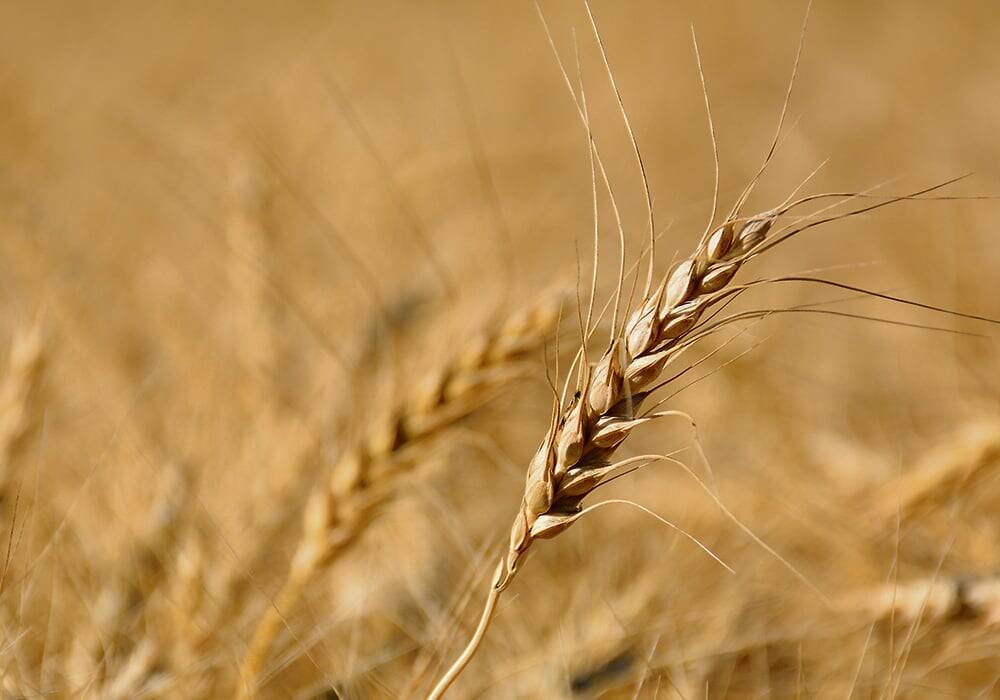MarketsFarm — There was a consensus among several traders and analysts that Statistics Canada will very likely raise its estimates on canola and wheat production for 2023-24. Yields on the Prairies were better than expected following a difficult first half of the growing period, as the weather improved during the second half.
StatCan is set to publish its lone farmer survey-based report on production of principal field crops on Monday (Dec. 4). The federal agency’s previous reports, in August and September, are model-based and largely rely on satellite imagery of crops.
Read Also

Prairie CWRS bids rise, other wheats mixed
Canada Western Red Spring (CWRS) wheat bids across the Prairie provinces saw some strength during the week ended Nov. 11, taking some direction from the United States futures. However, other wheat classes were mixed.
StatCan’s September report placed canola production at 17.37 million tonnes, with all wheat at 29.83 million. The latter was broken down to 22.64 million tonnes of spring wheat, durum at 4.06 million and winter wheat at 3.14 million. Other major crops included corn at 14.93 million tonnes, barley at 7.84 million and soybeans at 6.72 million.
“I think the canola is going to be a real surprise to the trade. There’s a big canola crop out there,” Jerry Klassen of Resilient Commodity Analysis said, adding that the oilseed’s yields were likely five to 10 bushels per acre more than what was anticipated during the summer.
“The spring wheat is probably going to be a little larger too,” he continued, noting the U.S. Department of Agriculture upped its estimates for wheat output in North Dakota as growing conditions there improved.
“I think that trend will carry on into Western Canada, particularly in central Alberta and the eastern half of Saskatchewan and into Manitoba,” Klassen said.
However, there was another consensus among most of the analysts and traders — that StatCan’s reports are inaccurate, especially those from August and September.
“Last year, StatCan had their modeling number, and their survey number came out pretty much the same. Then at the end of the [marketing] year they had to make a pretty large adjustment upwards. It’s a shame because we really need a much better crop estimation system, in the country very desperately,” Ken Ball of PI Financial said.
“The industry has to stand up and do something to get StatCan out of the picture as quickly as possible,” he continued, but acknowledged, “I don’t know what we would replace them with.”
Klassen suggested StatCan “doesn’t have enough experience in extremely dry years” when they apply “their satellite imagery and agroclimatic data to their model.”
David Derwin, also of PI Financial, said production reports are difficult to put together by any organization and suggested StatCan has been too conservative in its calls, especially on canola.
“Over the years they have been a little bit biased towards being a little bit less canola than perhaps some of those reports would indicate,” he commented, adding “We got a pretty good sense of what canola has been produced and what’s in the bins too.”
As for StatCan, a spokesperson said the model-based reports are just as accurate as the previous survey-based reports during the summer.
“While final estimates of yield and production released in December may differ from earlier estimates, this does not indicate that a model-based approach is less accurate than a survey-based approach,” the agency told MarketsFarm via email.
“Each occasion within the crop reporting cycle represents a snapshot in time. Revisions from one occasion to another reflect changing conditions as the growing season progresses and more information becomes available.”
Table: Ranges of trade estimates ahead of Statistics Canada’s December report on production of principal field crops, in millions of tonnes.
| Crop | 2022-23. . | September 2023. . | Trade estimates |
| All wheat | 34.3 | 29.8 | 29.9-31.3 |
| Spring wheat | 25.8 | 22.6 | 23.4-24.0 |
| Durum | 5.8 | 4.1 | 3.7-4.3 |
| Winter wheat. . | 2.7 | 3.1 | 2.8-3.4 |
| Barley | 10.0 | 7.8 | 8.0-8.8 |
| Oats | 5.2 | 2.4 | 2.6-2.7 |
| Corn | 14.5 | 14.9 | 14.9-15.1 |
| Canola | 18.7 | 17.4 | 18.0-18.6 |
| Flax | 0.473 | 0.268 | 0.3 |
| Soybeans | 6.5 | 6.7 | 6.7-6.9 |
| Peas | 3.4 | 2.3 | 2.3-2.8 |
| Lentils | 2.3 | 1.5 | 1.5-1.9 |















